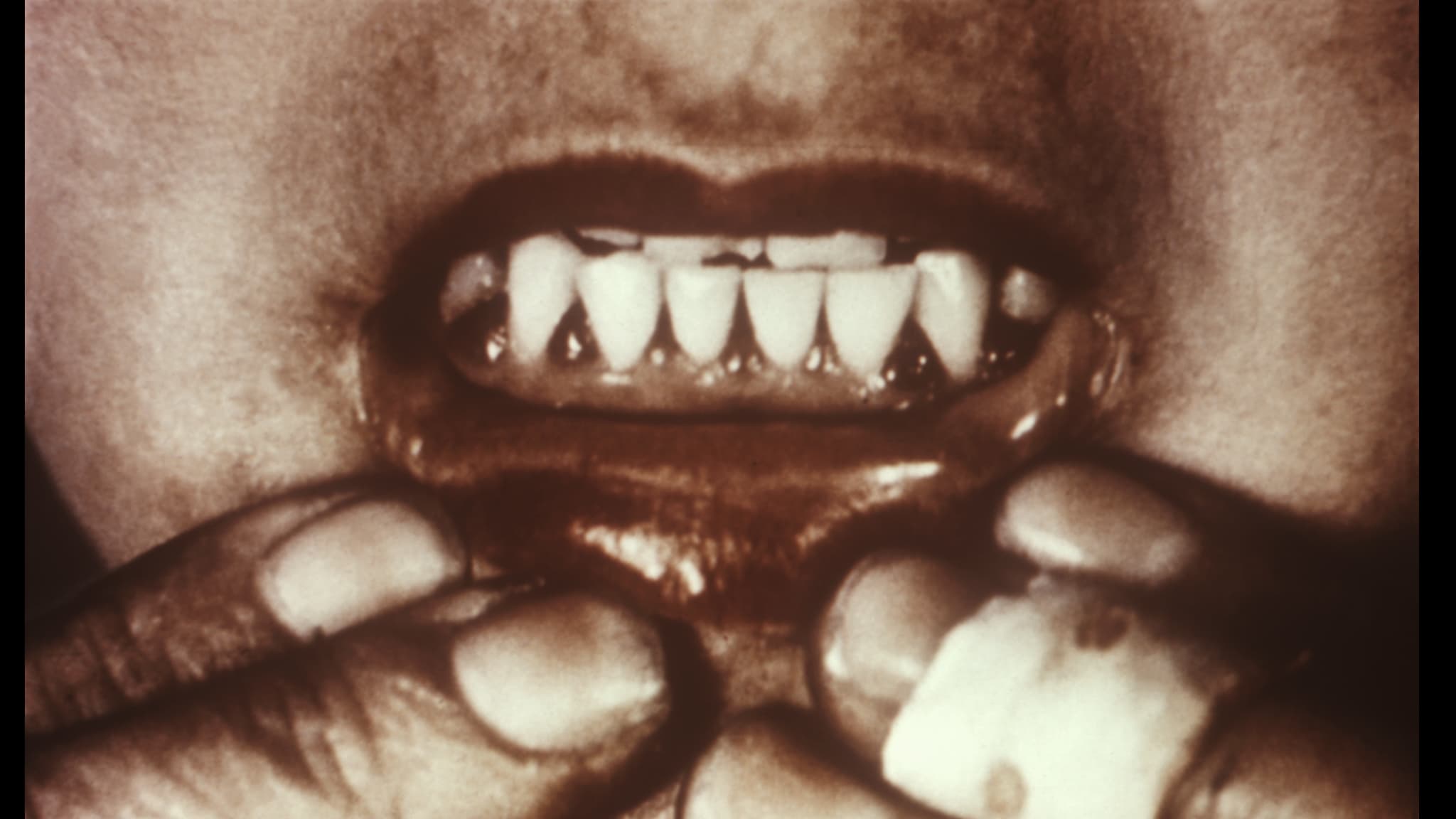It was nicknamed “the plague of the seas” and caused havoc among sailors who carried out expeditions for months: scurvy. We thought it had disappeared, but it’s back. The number of cases among children has increased in France since the Covid-19 pandemic, according to a study carried out by several medical teams from the Robert Debré hospital (AP-HP), Inserm, Paris-Cité University and the pediatrics department. of Cayenne. hospital in Guyana.
Specifically, 888 minors suffering from scurvy were hospitalized between January 2015 and November 2023. An increase linked to inflation and the increase in precariousness.
What exactly are we talking about? The word scurvy comes from the Viking language: “skyrbjurg”, composed of the words skyr, “curdled milk”, and bjugr, “edema”. “The appearance of edema was attributed to the large consumption of curdled milk by sailors during their voyages,” explains the National Center for Textual and Lexical Resources. If the causes of scurvy are indeed dietary, they are not of this order.
“It is estimated that scurvy caused 2 million deaths between the 16th and 20th centuries,” Ulrich Meinzer, coordinator of the study on the increase in scurvy cases among children, told BFMTV.com.
“It’s a disease from another era.”
Bleeding gums, tooth loss.
Scurvy, often associated with episodes of malnutrition or starvation, is caused by a profound and prolonged deficiency of vitamin C, also called ascorbic acid. “Vitamin C allows collagen to maintain its structure. Without it, tissues such as blood vessels lose their cohesion and end up damaged,” explains Sciences et futur.
Among the symptoms: intense fatigue, bleeding gums, hair and tooth loss, bleeding and joint pain. “I saw children arrive with pain in the skeletal muscles, fragility of the vessels, small hemorrhages in the gums,” recalls Ulrich Meinzer, responsible coordinator of the department of general pediatrics, specialty of pediatric rheumatology at the Robert-Debré hospital (AP-HP). . ).
“Scurvy is an extreme disease but one that has almost disappeared. These cases were really surprising and unexpected. We should not encounter this disease in France.”
The doctor comments with other pediatric rheumatologists who confirm that they have also encountered cases of scurvy. This is the starting point of the study. “Our results certainly underestimate the reality of the situation, since we only take into account the cases that were hospitalized,” worries Ulrich Meinzer.
Citrus fruits, tomatoes, broccoli.
A life-threatening disease. Take as an example the voyage of Vasco da Gama in 1497, which made it possible to find the route to India by circumventing the Cape of Good Hope: “scurvy appeared after twelve to fifteen weeks of navigation and caused the loss of 120 sailors in eleven months. 160”, account La Revue de Biologie Médicale.
Because vitamin C is essential for metabolism. However, the human body is not capable of producing it, so it must be supplied through food. It is found in fruits, especially citrus fruits (orange, lemon, clementine), but also in strawberries, kiwis or blueberries. During the 19th century, scurvy disappeared from the navy thanks to the addition of lemon or orange juice to sailors’ rations.
Vegetables also contain it: tomatoes, potatoes, broccoli, Brussels sprouts, cauliflower, watercress and even sauerkraut. But cooking partly destroys vitamin C. In 2016, in Australia, eleven patients were diagnosed with scurvy. They ate vegetables but overcooked them.
“Gentle cooking limits the loss of vitamin C,” explains doctor Ulrich Meinzer.
110 mg per day for an adult
Symptoms appear after consumption of less than 10 mg per day. “These deficiencies are really confusing nowadays,” says pediatrician Ulrich Meinzer. One to three months of this profound vitamin C deficiency are enough for a person to become ill.
However, the disease can be cured relatively well: in ten to fifteen days with one gram of vitamin C (medicine) per day. The symptoms even disappear after forty-eight hours. As a reminder, the recommended nutritional intake of vitamin C is 110 mg per day for an adult. indicates Anses. For children, these are 20 mg for ages 1 to 3 years, 30 mg for ages 4 to 6 years, 45 mg for ages 7 to 10 years, and 70 mg for ages 11 to 14 years.
Vitamin C cannot be stored, so its intake must be regular. “A person who takes this daily dose several times will not necessarily enjoy better health, because after 1,000 mg the body no longer absorbs vitamin C as effectively and the excess is eliminated in the urine.” developed by National Geographic.
There is no need for food supplements, food largely covers the needs. For information, an orange contains an average of 90 mg of vitamin C, a kiwi 80 mg and a clementine 20 mg. “Eating five fruits and vegetables a day there is no risk of scurvy,” adds Ulrich Meinzer, however, who remains concerned.
“Scurvy is not a childhood disease,” reminds the doctor. “That children suffer from scurvy means that they do not have a diet that allows them to be healthy, that their parents do not have the means to feed them properly, some even told me that they were depriving themselves of food. an emergency.”
Source: BFM TV


